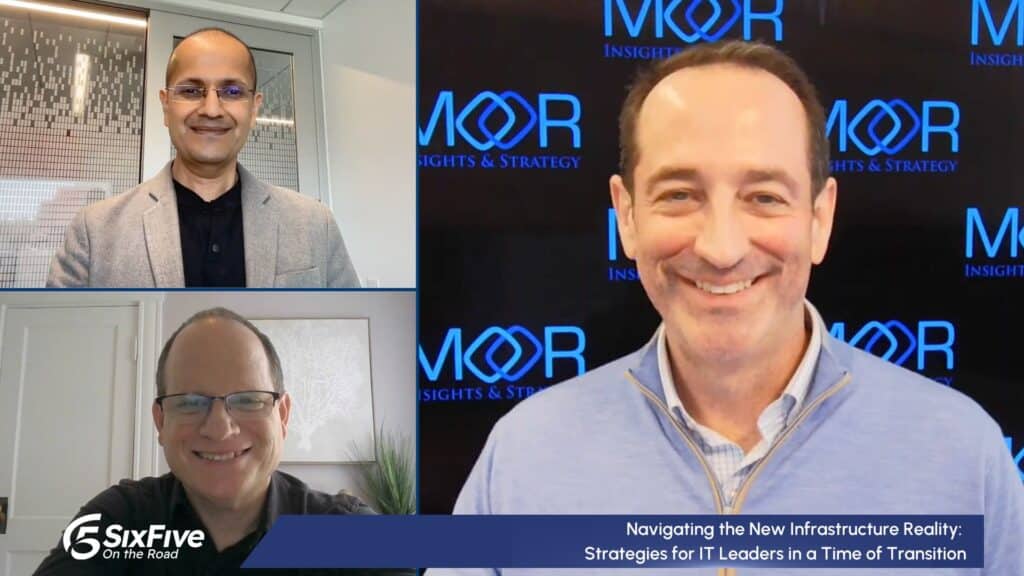The News: Nokia is promoting becoming the first telecom company to announce the manufacturing of fiber-optic broadband network electronics products and optical modules in the US for use in the Broadband Equity, Access and Deployment (BEAD) program. Read the Nokia Press Release here.
Nokia Brings Fiber Manufacturing to US to Advance BEAD Vision
Analyst Take: Nokia is partnering with Sanmina Corporation to manufacture in the US several fiber-optic broadband products at Sanmina’s manufacturing facility located in Pleasant Prairie, Kenosha County, Wisconsin, bringing up to 200 new jobs to the Badger State. By manufacturing fiber-optic technology in the US, Nokia can supply its products and services to critical societal projects such as BEAD that directly address narrowing the digital divide in direct parallel with boosting job creation and economic growth.
Nokia fiber-optic broadband products manufactured in the US will include:
- Optical line termination (OLT) card for a modular access node
- A small form factor OLT
- OLT optical modules
- An “outdoor-hardened” optical network terminal (ONT)
From my view, having access to technology that is built in the US fulfills an important requirement for states and suppliers seeking to participate in BEAD and the $42.45 billion of available funding allocated for broadband buildouts to unserved and underserved communities. Notably, manufacturing of Nokia’s fiber-optic broadband electronics products is slated to start in 2024.
2024: BEAD Funding Impact Starts Rising
The start of the manufacturing of Nokia’s fiber-optic broadband electronic products in 2024 aligns with when I see BEAD funding starting to make tangible inroads. As foreground, in 2023 the FCC must finalize its new broadband availability map in response to state challenges of the initial broadband availability map released in 2022. In June 2023, the National Telecommunications and Information Agency (NTIA) released notice of funding amounts for State allocations. Next, the states submit their initial proposals to the NTIA within 180 days of funding notices, which are subsequently approved on a rolling basis.
During 2024, after the approval of the initial proposals, the NTIA awards 20% of the funds to the states. This step triggers the state challenge process to NTIA award proposals, which is 60 days before awards are distributed to sub-grantees. Next, the state grant processes commence, culminating in the final proposals becoming due to the NTIA within 12 months of the initial proposal approval.
Looking into the 2025-2026 timeframe, the NTIA is mandated to review and approve the final proposals, awarding the remaining 80% of funding to the States. Subsequently, the state grant processes proceed, entailing one or more additional rounds according to state methodology. The overall BEAD process is targeted to culminate in the 2027-2030 period as the funded deployments must be completed within 4 years of their award.
I anticipate that all 50 states (plus territories) will benefit from BEAD funding with the variance that can be expected in the administration of a federal program distributed across 50+ jurisdictions. For instance, I see Virginia, Texas, Louisiana, Wisconsin, and Minnesota as examples of states that are already advancing their BEAD-related funding initiatives to some degree.
I believe the manufacturing partnership with Sanmina swiftly bolsters Nokia’s channel presence and market credibility for US fiber builds financed by the BEAD program, especially toward meeting the society-wide national goal of bridging the digital divide by enabling unserved and underserved communities to have the connectivity essential to accessing critical services such as work, healthcare, and education.
Disclosure: The Futurum Group is a research and advisory firm that engages or has engaged in research, analysis, and advisory services with many technology companies, including those mentioned in this article. The author does not hold any equity positions with any company mentioned in this article.
Analysis and opinions expressed herein are specific to the analyst individually and data and other information that might have been provided for validation, not those of The Futurum Group as a whole.
Other insights from The Futurum Group:
Nokia Fiscal Q2 and Half Year 2023: Showing Resilience Amid Macro Uncertainties
Nokia and Verizon Shine Spotlight on Key Private Wireless Use Cases: Transportation and Logistics
Author Information
Ron is an experienced, customer-focused research expert and analyst, with over 20 years of experience in the digital and IT transformation markets, working with businesses to drive consistent revenue and sales growth.
He is a recognized authority at tracking the evolution of and identifying the key disruptive trends within the service enablement ecosystem, including a wide range of topics across software and services, infrastructure, 5G communications, Internet of Things (IoT), Artificial Intelligence (AI), analytics, security, cloud computing, revenue management, and regulatory issues.
Prior to his work with The Futurum Group, Ron worked with GlobalData Technology creating syndicated and custom research across a wide variety of technical fields. His work with Current Analysis focused on the broadband and service provider infrastructure markets.
Ron holds a Master of Arts in Public Policy from University of Nevada — Las Vegas and a Bachelor of Arts in political science/government from William and Mary.





